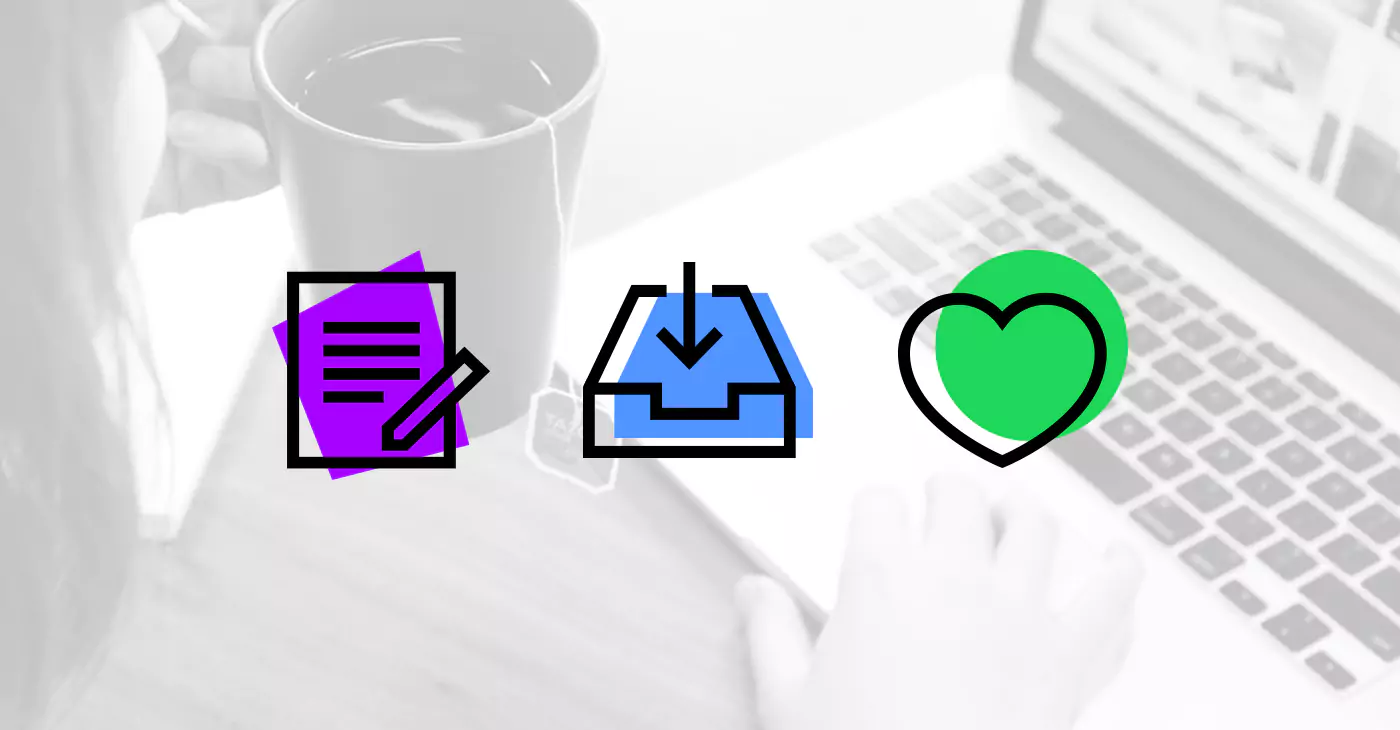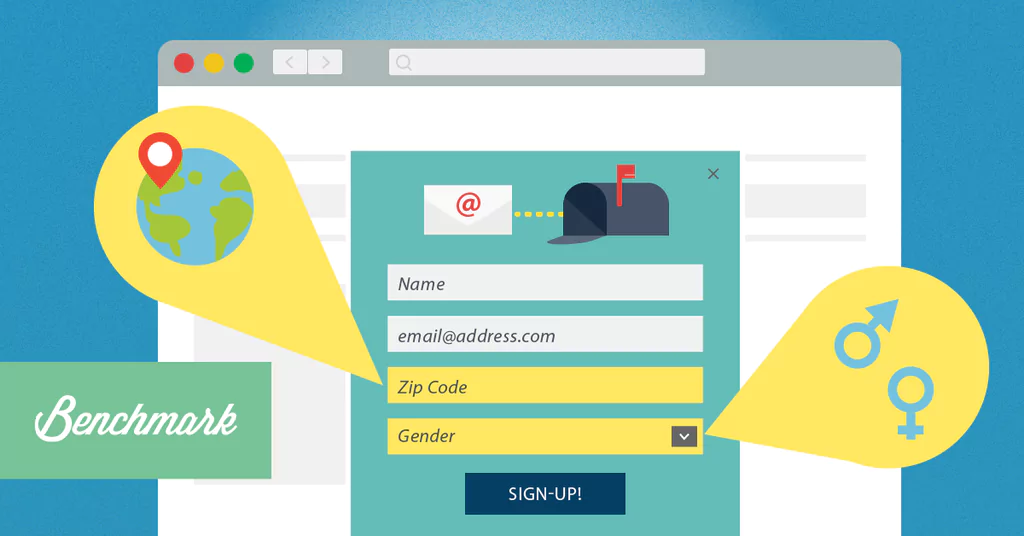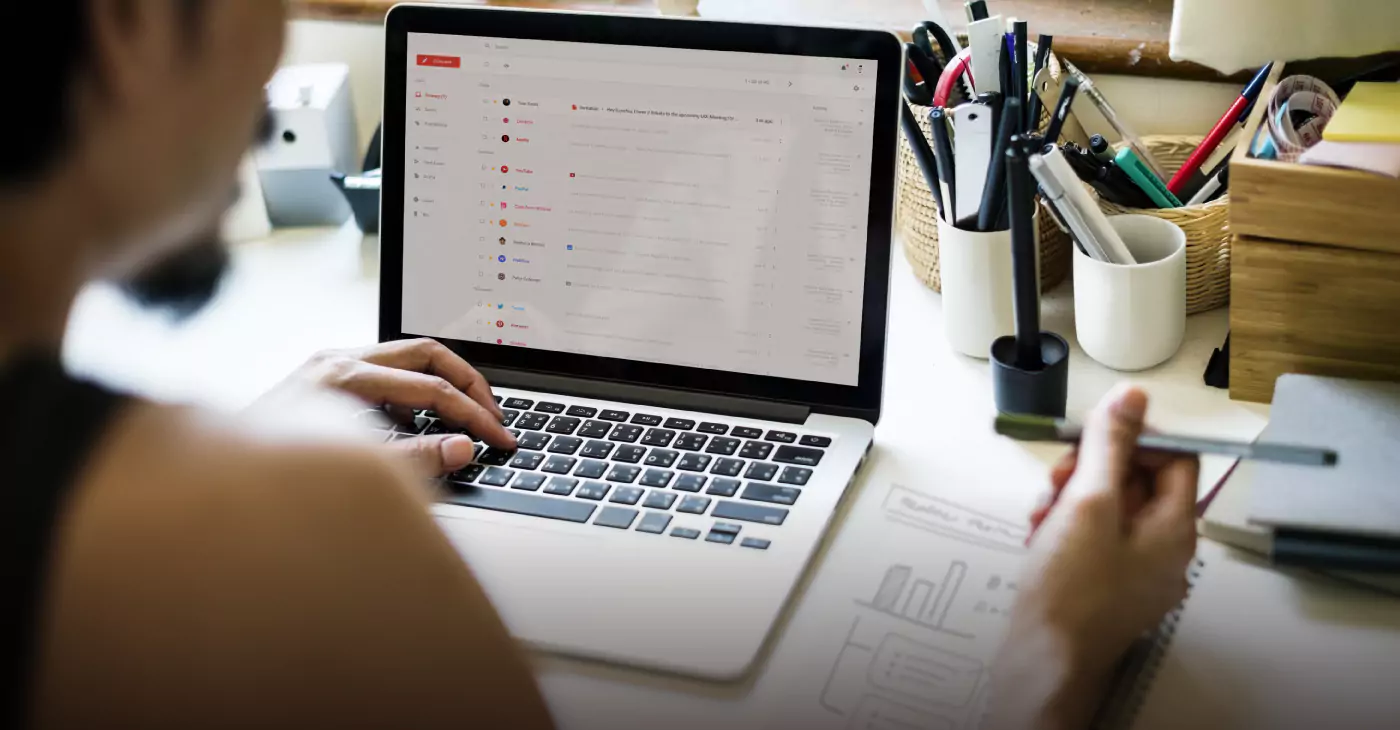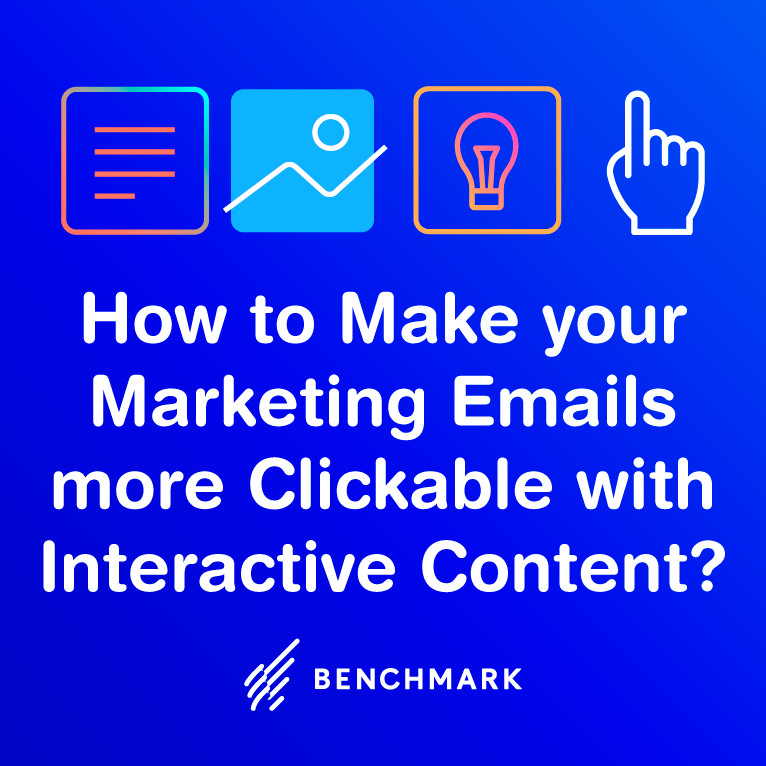Some email marketers believe that designing an HTML email template with all the bells and whistles is the key to impressing the reader and getting their attention. While a professional presentation is indeed important, sometimes simplicity is the best way to get your point across. HTML makes it possible to wow your audience with a variety of visual elements, but if you are not careful there is a good chance that those elements will never be seen.
Tread Carefully with Images
If the images you insert grab too much of the reader’s attention, they may not be devoting enough to what really matters: the actual message. The purpose of using images in your HTML email templates is to enhance your message, not detract from it. You don’t have to abandon images entirely, however, as using none could be just as bad as overdoing it. Try to keep them to a minimum in terms of both number and size, and more importantly, always design your template as if images will be blocked by default. The key points of your message can then be expressed no matter what.
Use Standard Text Links
When included in an email, links provide a way for the reader to respond and take action on your message. Some marketers choose to get creative by coupling their links with graphical buttons and icons. This approach is effective from a visual perspective but also comes with some disadvantages. What if the subscriber has their images turned off by default and your graphical links do not show? The answer is that the subscriber now has no way to respond, meaning you could see a dramatic dip in clicks, and overall performance. Using standard text links in your HTML email templates is a simple remedy to this problem. If you must use buttons or icons, make sure you have standard links to back you up just in case.
Remember Your Goal
You can make sure a simple template design continually gets your point across by remembering the goal of your email campaigns. Regardless of your objective, you are probably trying to share information in the message, or convince the reader to visit your website and learn more. No matter what methods you employ, rarely will you make a sale from the inbox alone. Realizing this, you should focus on providing solid content and a crystal clear call to action that gets the reader to a destination that is better suited for more complex presentations. From there, you can impress them with the visual spectacle that hopefully closes the deal.
Email has come a long way, but there are still plenty of things it can’t do. While it may be tempting, you should refrain from trying to dress up your HTML email template like a fancy web page or brochure. By keeping your design focused on the message and aspects that matter most, you will likely find that the best way to communicate to your subscribers is also the simplest.










